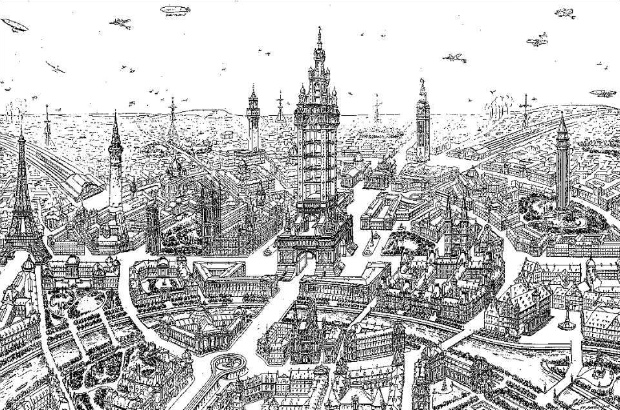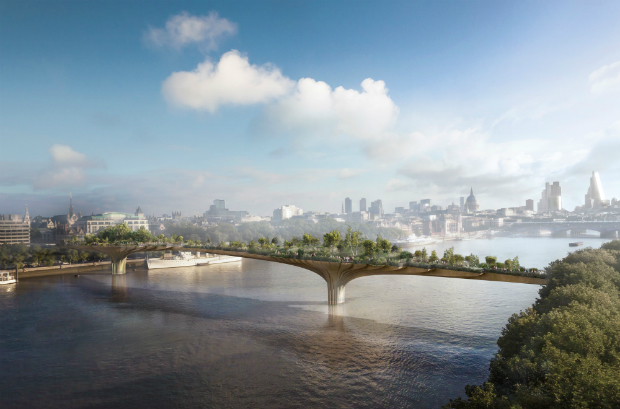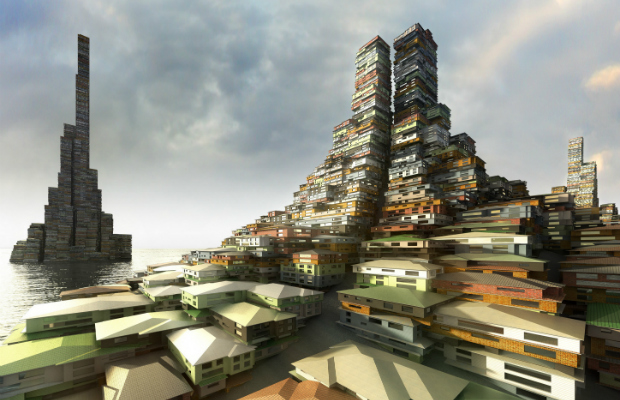
'A Visual History of the Future' examines how future cities have been visualised over the last 100 years, and considers what these depictions sought to communicate and why. Our paper tries to understand this rich history by distilling a vast collection of imagery into 28 categories (seen in the taxonomy above) as well as identifying the dominant paradigms of visualisation between 1900 and 2014.
A history of the future
Visualisations strongly reflect the points of time in which they were created – telling a story of the cultural/social attitudes to the ways we might live, work and play in the future. Cities are often described as the nexus for economy, enlightenment, democracy, freedom and inscribed with transformative power for individuals, communities and society. However these positive aspects have also been contrasted by portrayals as hellish places full of fear, despair and imminent or post-apocalyptic situations.

Despite the fact that many of these cities were never built, we should not underestimate the power of the image to affect our thinking and strategies. How do we evaluate and categorise the plan for Welwyn Garden City or the backdrop for Blade Runner? Has J. G. Ballard influenced a generation of architects more than Frank Lloyd Wright?
Sometimes visualisation translates into built work, being a crucial part of the design and planning process. In these cases visualisations are often powerful tools to both encourage and persuade. It is interesting to ruminate on the power of imagery in motivating support for a Garden Bridge in London. Long after construction has finished it is possible to contrast original visions with how they have landed and endured in place, for example the convivial visions of Cumbernauld’s town centre (page 117).

20th century visions
The most dominant category of future city realised in the UK has been the Garden City, very closely followed by the Layered City (informed by Modernism), which have shaped New Towns in the UK. The Garden City is part of 2 dominant paradigms of future city, a Regulated City due to its strict moral parameter and planning code as well as an Ecological City in its relationship to the environment. The recent Wolfson Prize for Economics, which invited both visionary and economically viable proposals for a new Garden City, demonstrates both the persistence of the Garden City and the increasing focus on cities function and form at a political level.
21st century visions
In the 21st century, we have seen the emergence of Ecological City visualisations. This was initially a response to the peak oil crisis of the early 1970s. However, the move toward environmental and resource issues as major drivers behind the conception of cities has gained considerable momentum over the last 15 years. Unsurprisingly, the Ecological City shows increasing concern about the longevity of the city, adaptability to climate change, resource management and resilience of and to changing social dynamics and populations. (A trend which has also been observed in discourse of future cities). The relationship between the city, nature and ecology has been visualised more prominently through the digital Building Information Modelling (BIM) process and more theoretically led movements such as landscape urbanism, biophilic cities and biomimetic architecture.

Legacy
By providing an insight into which city categories have had the most influence on UK cities, it is possible to reflect on the possible legacy of our more recent visualisations. The recurrence and growth of more socially engaged future city visions in the early 21st century is perhaps reflective of greater societal and global ambitions of ecological and social sustainability alongside economic and political aspects of urban life.
Other working papers have demonstrated how the city contains its past, this research into the visualisation of cities demonstrates how the image embodies ideas of our historical and contemporary cities as well as the places we want, need, desire, fear or dream of for our collective future.
Let us know your thoughts in the comments below.
Sign up for email alerts from this blog, or follow us on Twitter.
Images
Featured - Clouds Architecture Office, Cloud Skippers, 2009. © Clouds Architecture.
1. Dunn, N., Cureton, P. and Pollastri, S., Taxonomy for visualisation of future cities, 'A Visual History of The Future', 2014.
2. Eugène Hénard, 'The Cities of The Future', published in American City, January 1911.
3. Heatherwick Studio, Garden Bridge, 2014. © Arup.
4. Bild Architecture, Saturation City, Melbourne, 2010. MGS, Material Thinking, Bild Architecture and Dyskors. Image production: Flood Slicer. © Bild Architecture.
